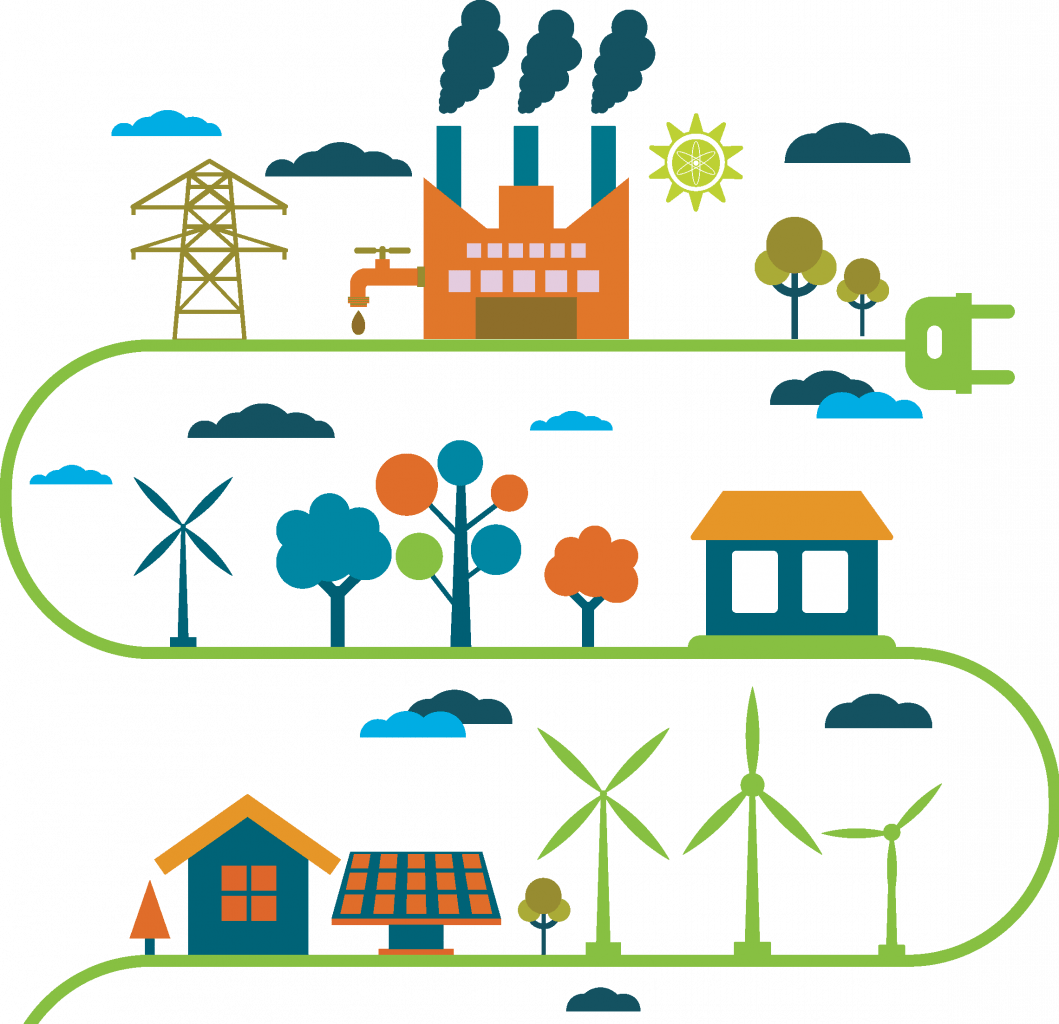Directing industries towards energy transition is a must, but the rate at which we do so has become an relevant point of debate.
One on hand we have gradual change. This means missing the deadline on the Paris Agreement goals, but giving energy sector players enough time to flourish and properly settle into the transition.
On the other hand, a rapid transition would enable meeting the Paris Agreement on time, but potentially disrupting energy sector players by the speed of change.
There are four dimensions that have the most influence when determining the speed of energy transition:
Gradual – Rapid
- Stock vs Flow: Advocates with a stock-perspective argue that new energy sources and technology will take decades to overtake and match the stock that fossil fuels provide. Flow-driven advocates argue that new energy, powered by new technologies, will make up the growth in energy supply.
- Linear vs. Exponential Technology Growth: Gradual transition assumes that new energy technologies are expensive and face economic or technical impediments to grow. This means, linear growth. A rapid transition argues in favor of renewable sources already being cheaper than fossil fuels. Moreover, this anticipates that new technologies will only lower the costs even further, leading to exponential growth for new waves of change.
- Statics vs. Dynamic Policy: Gradual transition advocates believe that policy makers will be slow-moving. Rapid transition advocates argue that the urgency for change will move policymakers to inevitable policy response.
- Emerging markets – Copy vs. Leapfrog: Gradual transition advocates believe that emerging markets will follow the example set by developed markets. This means, choosing fossil fuels as energy demand rises. However, rapid transition advocates argue that emerging markets will leapfrog to new energy technologies and significantly less energy-intensive forms of economic development.
Source: https://carbontracker.org/reports/speed-of-the-energy-transition/



